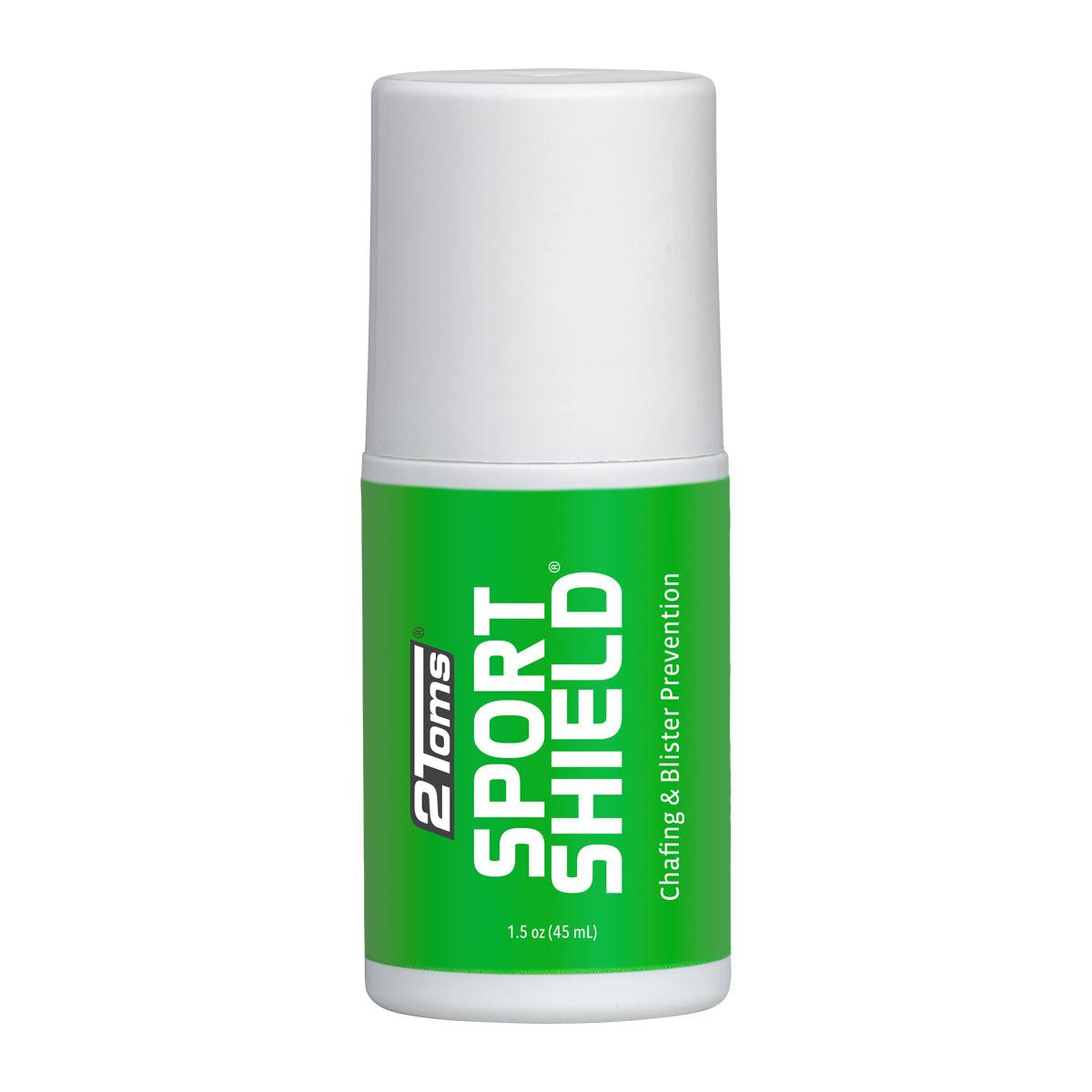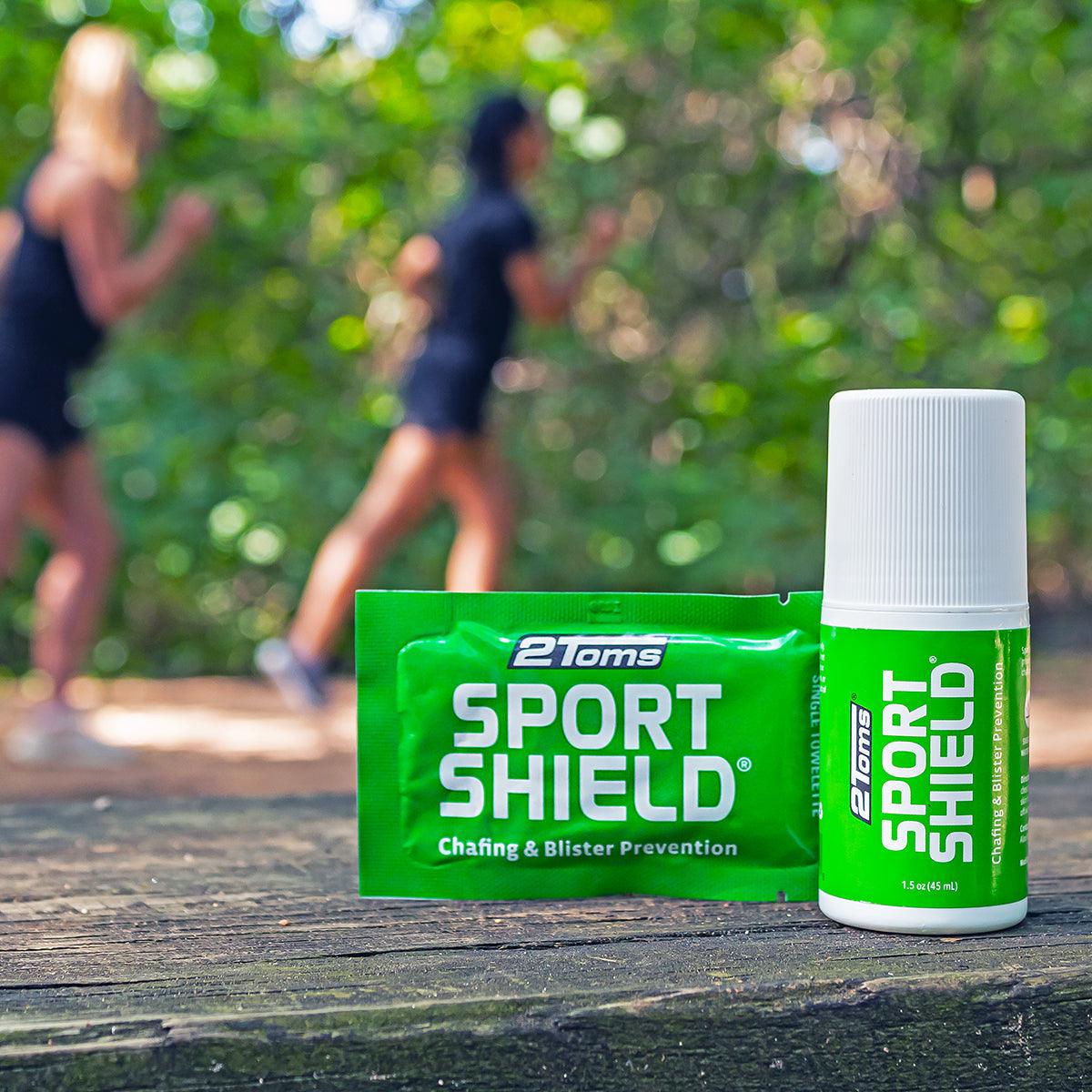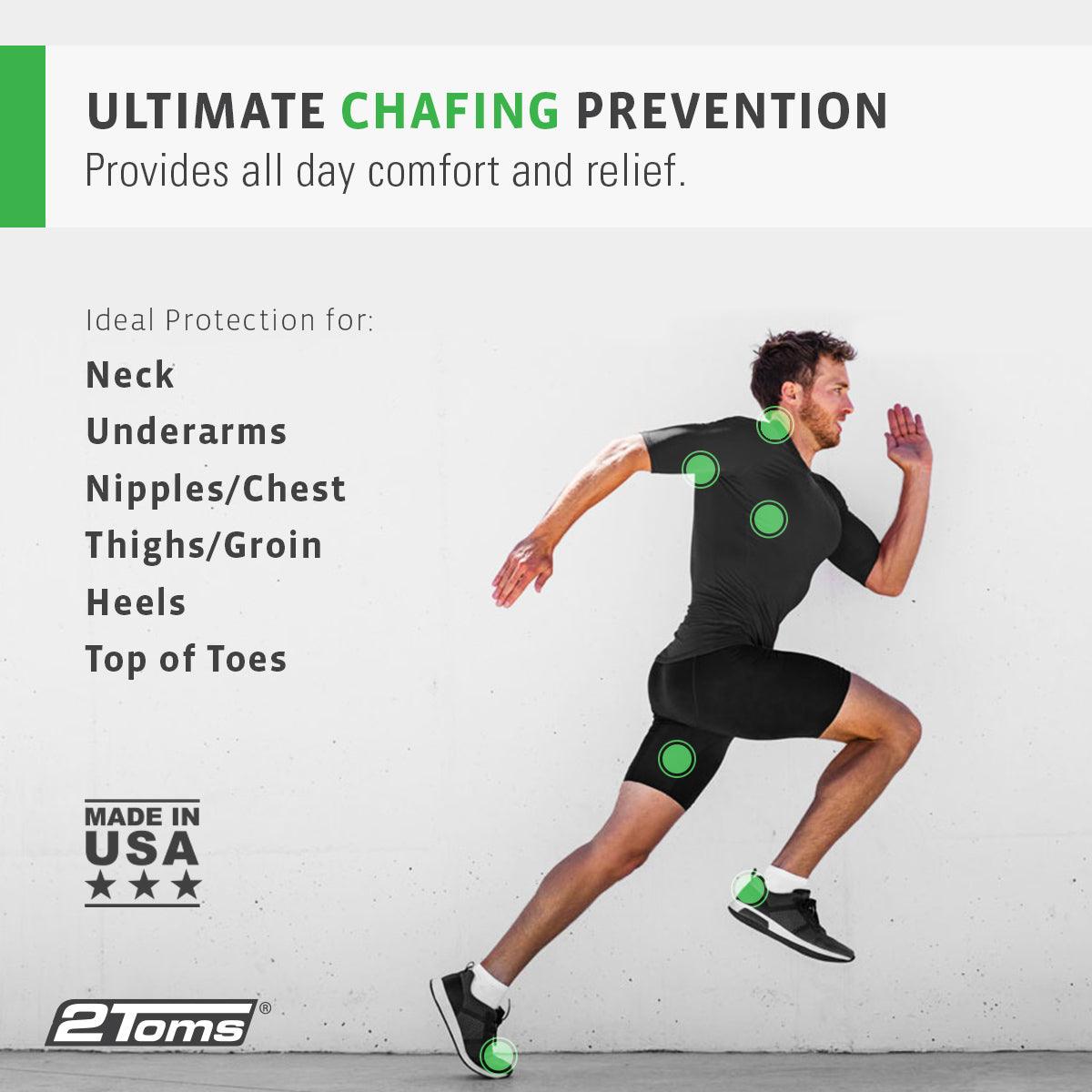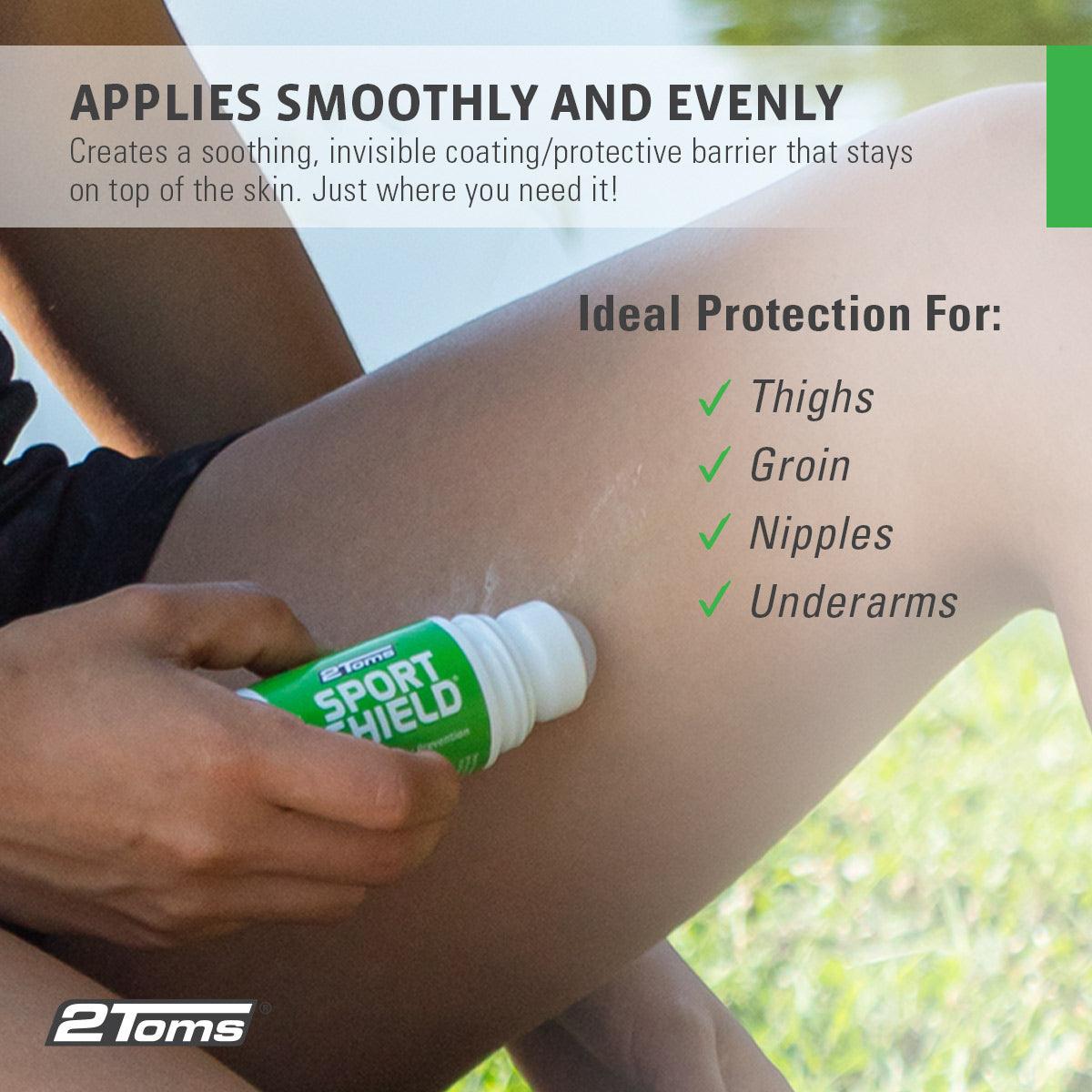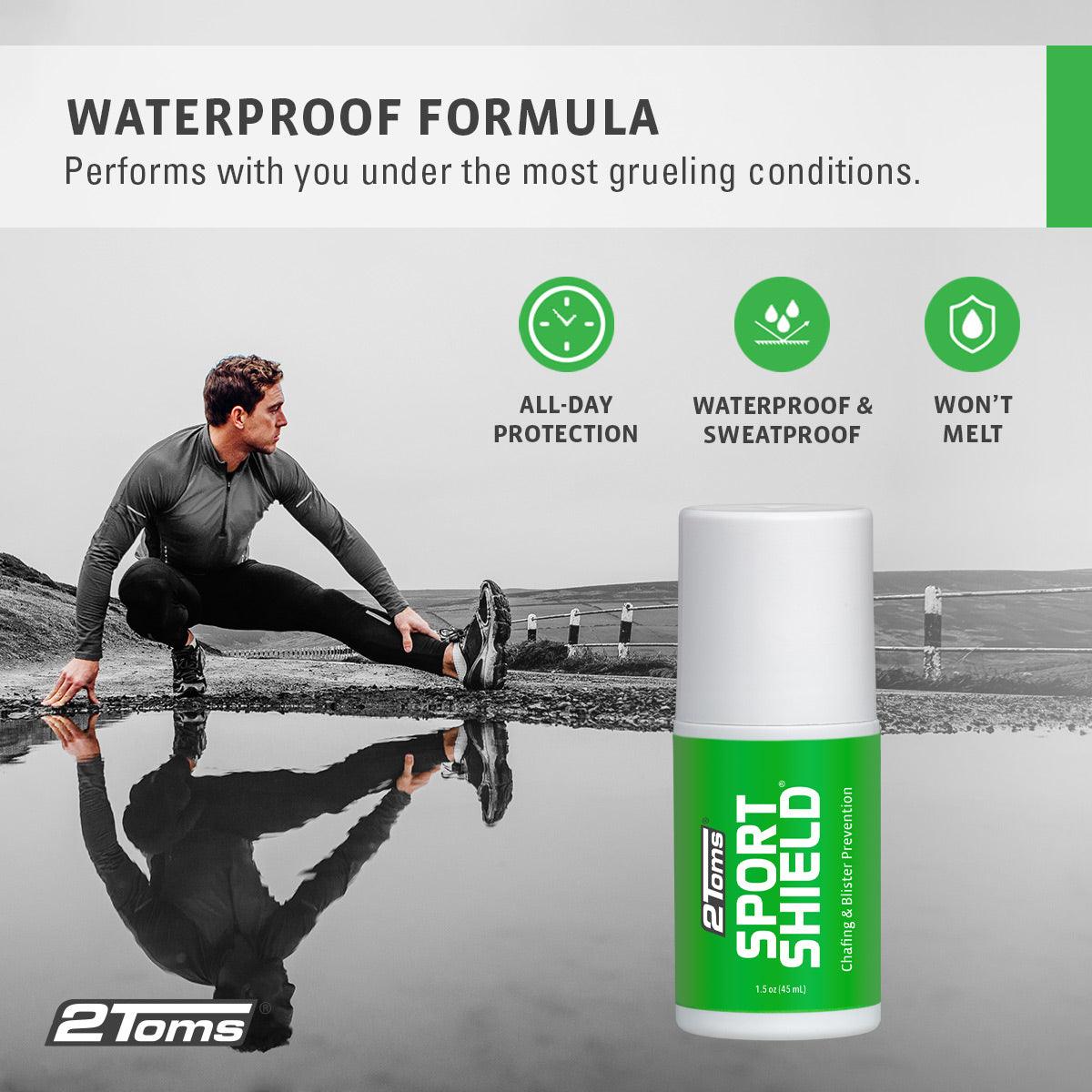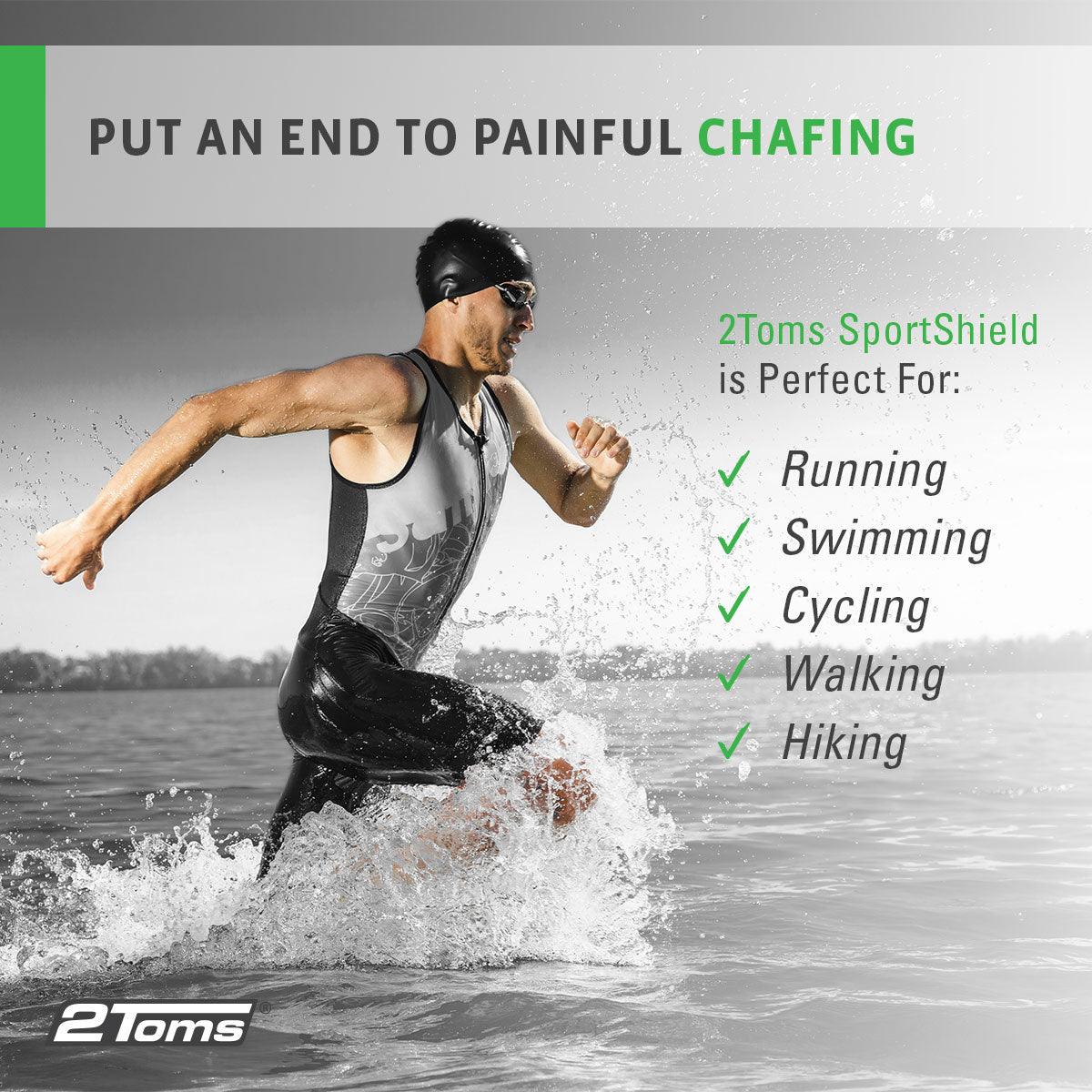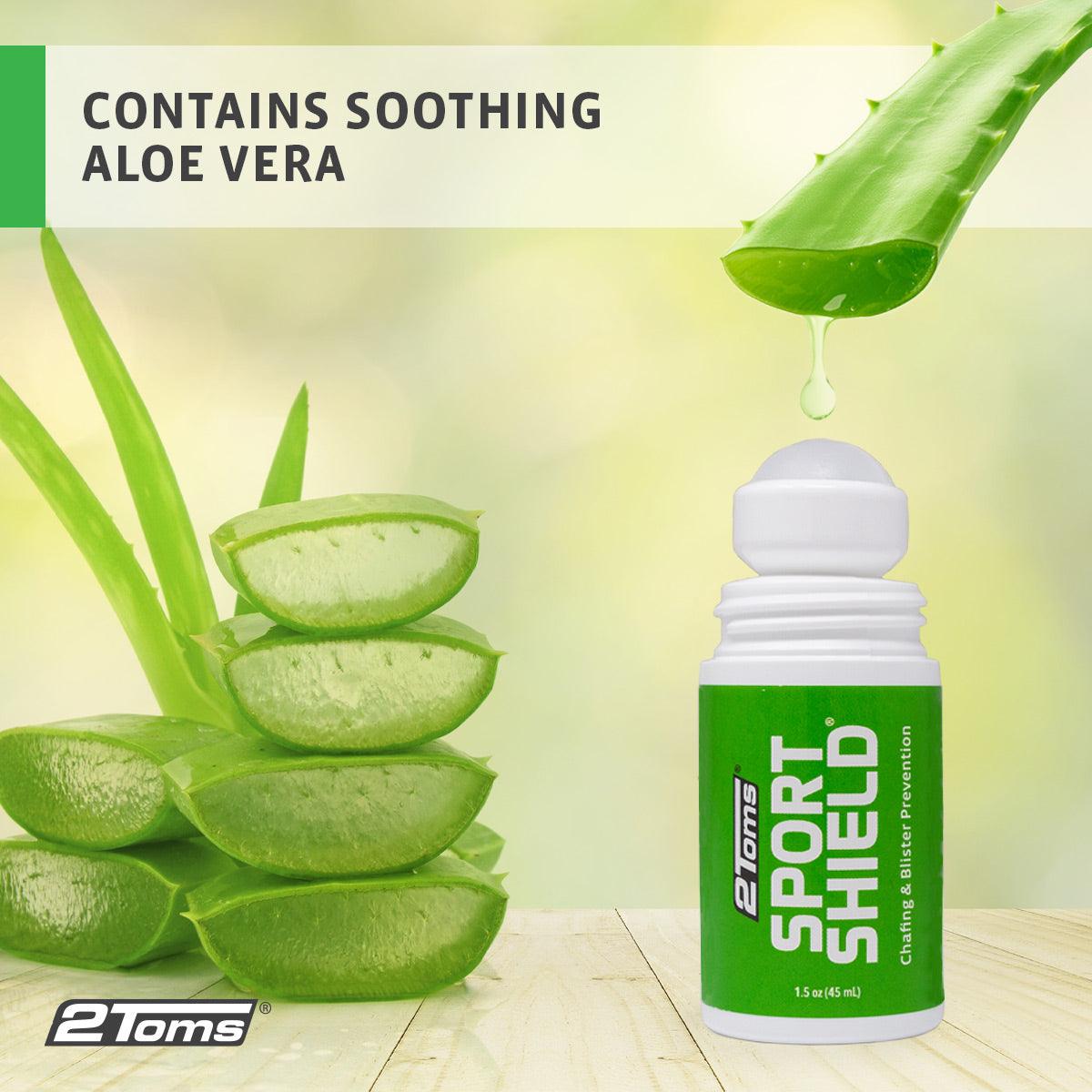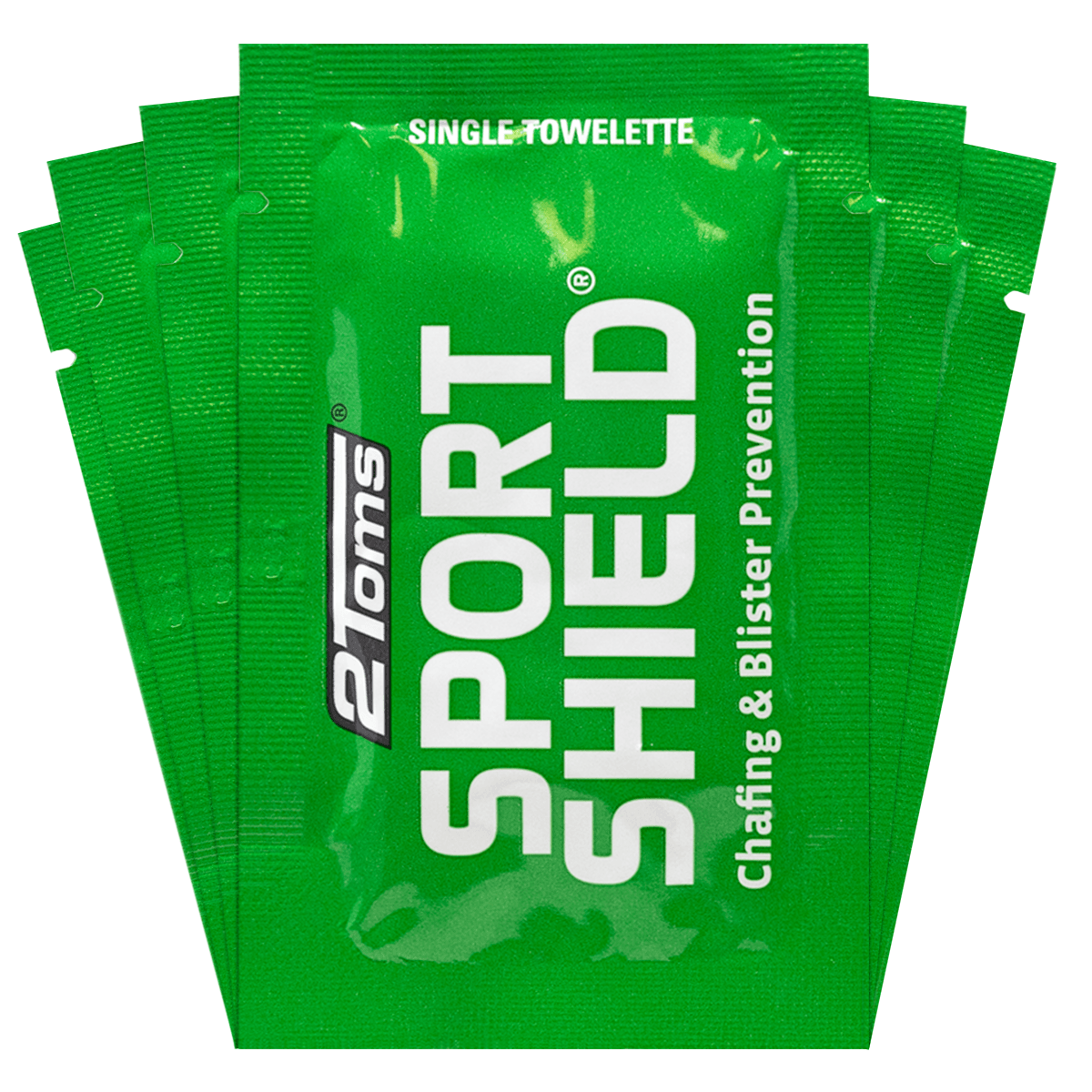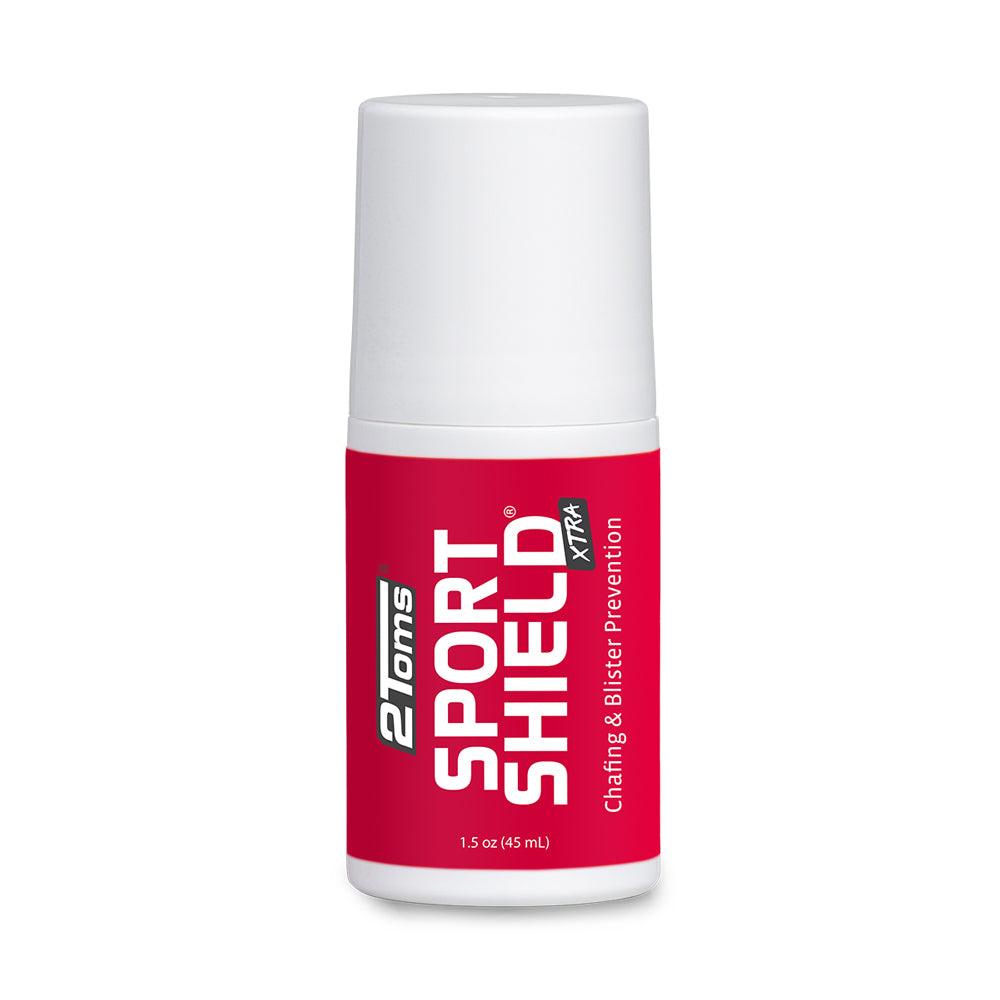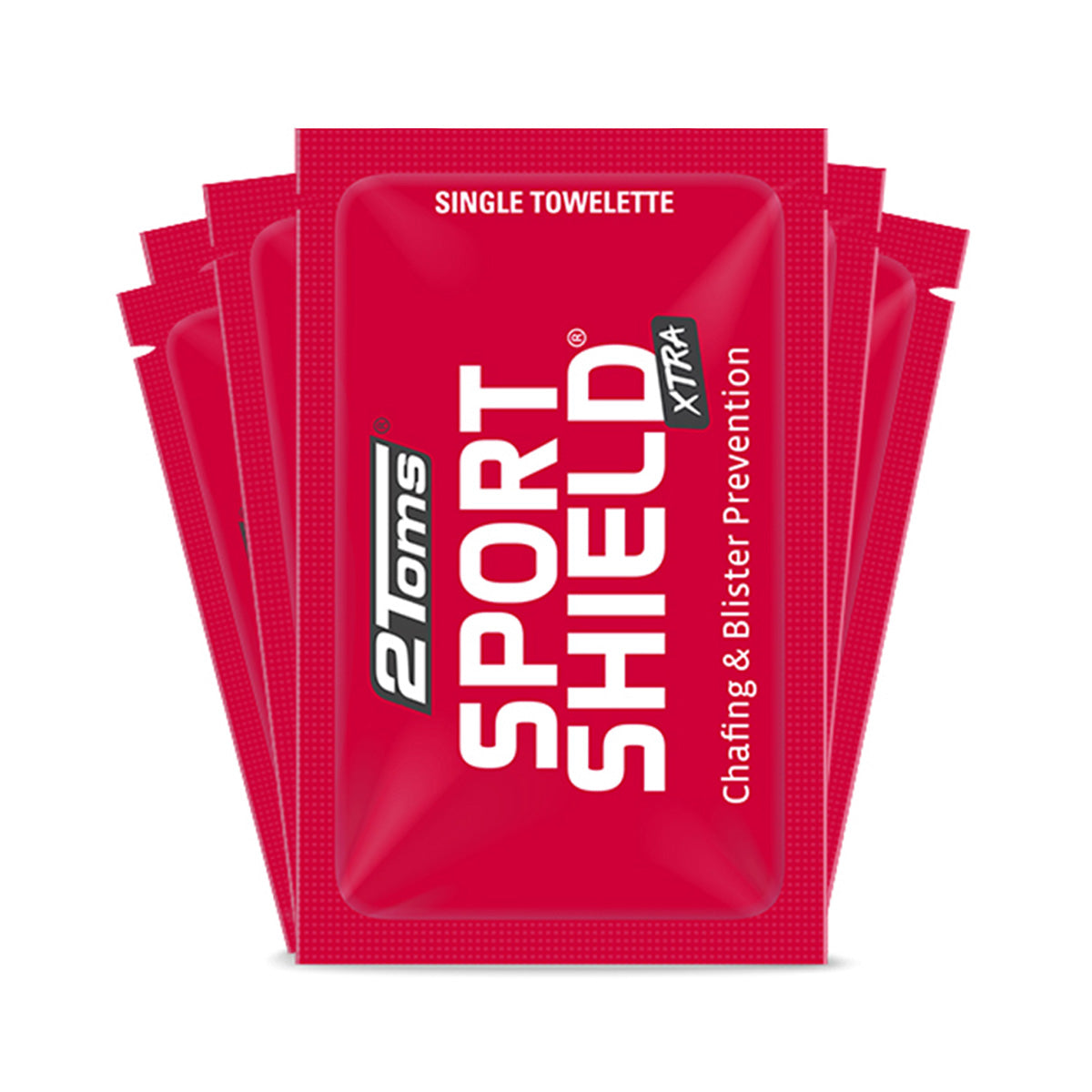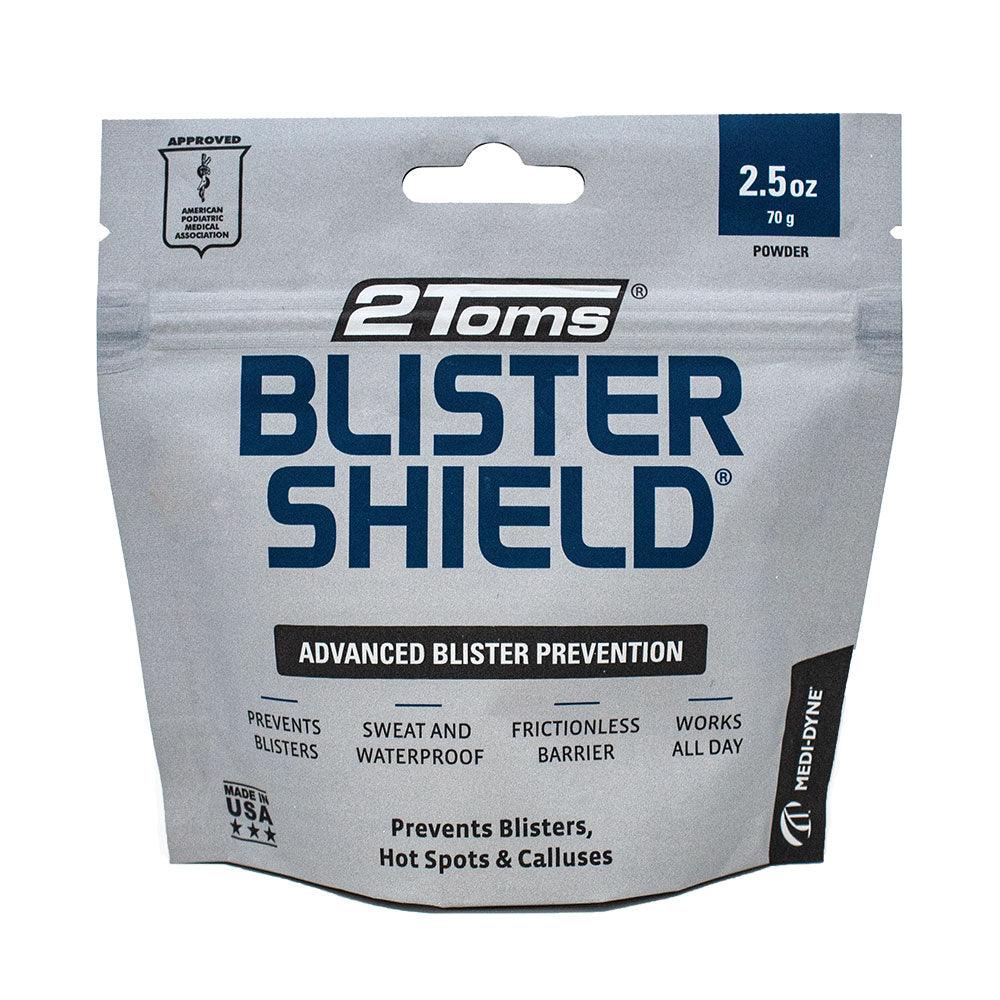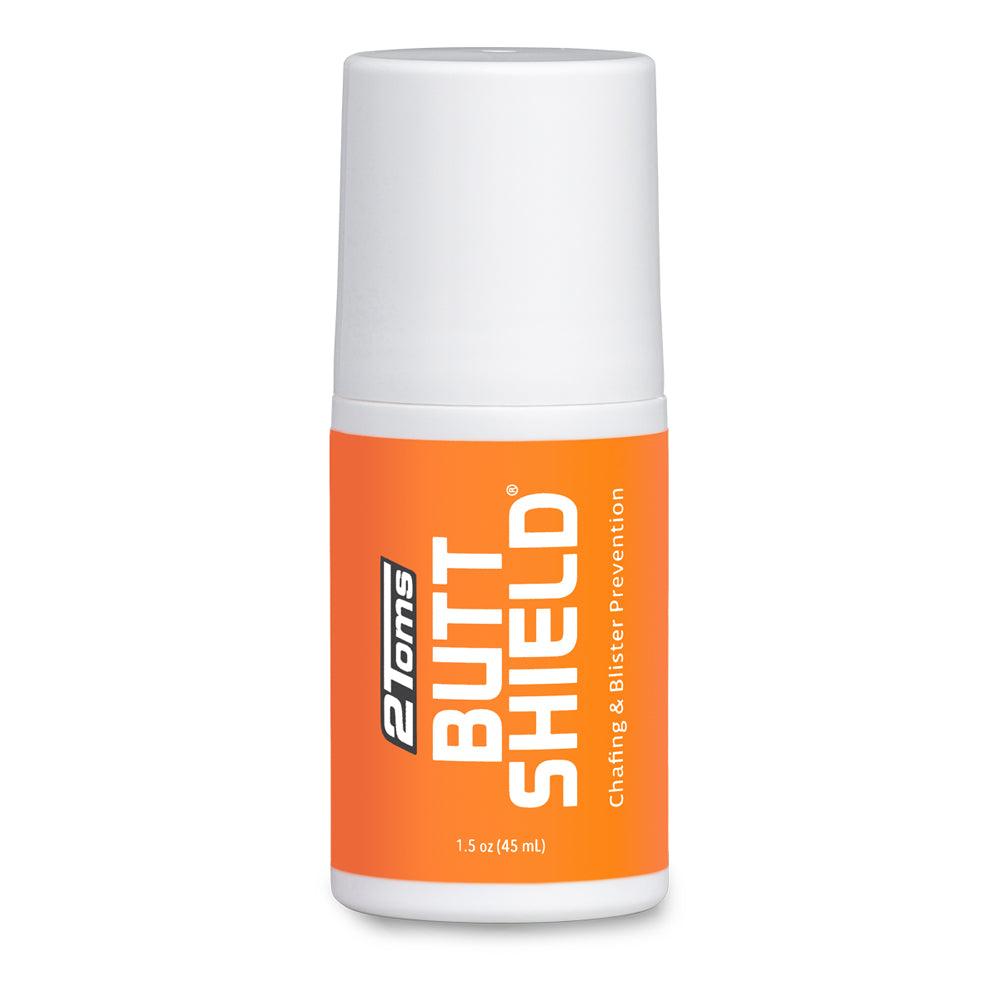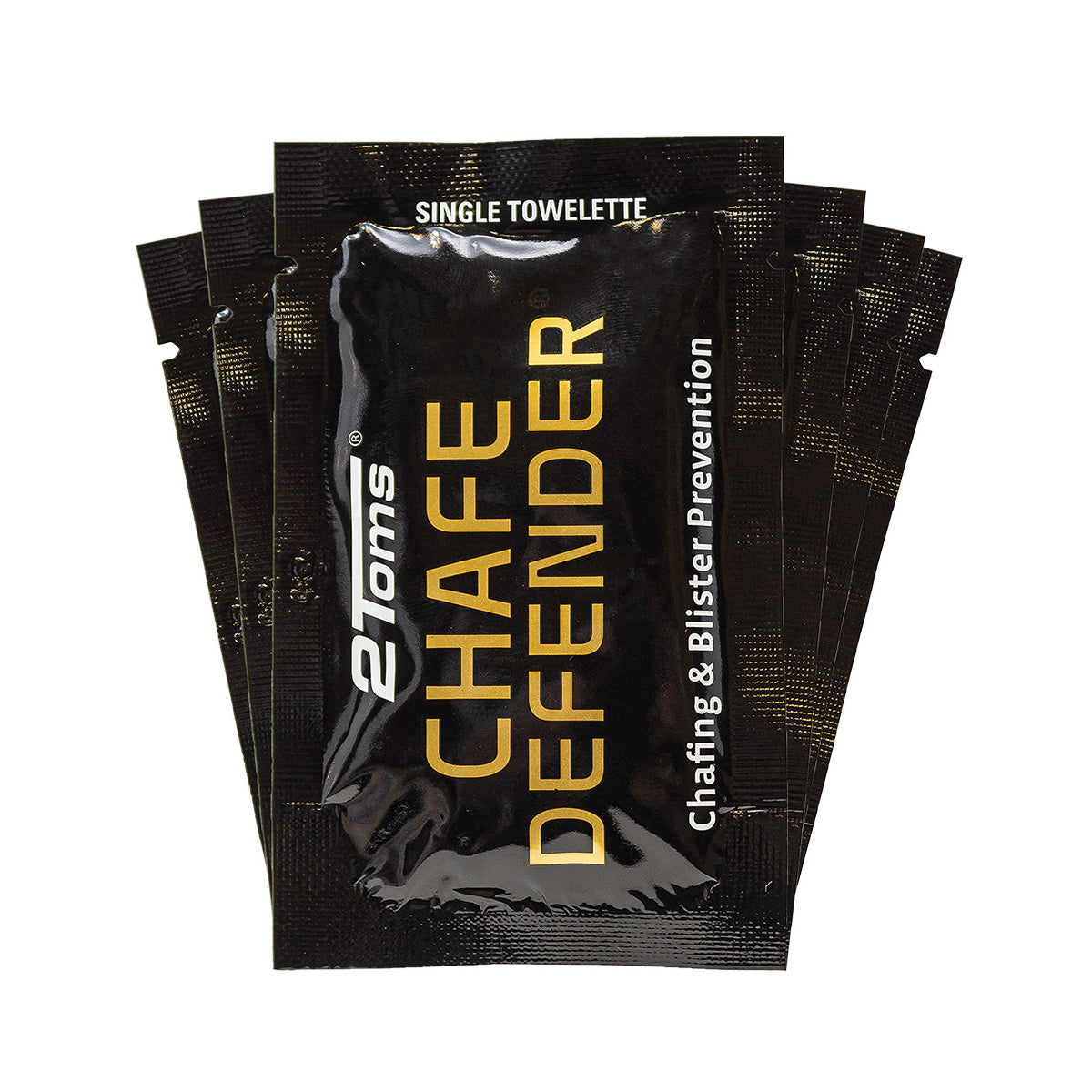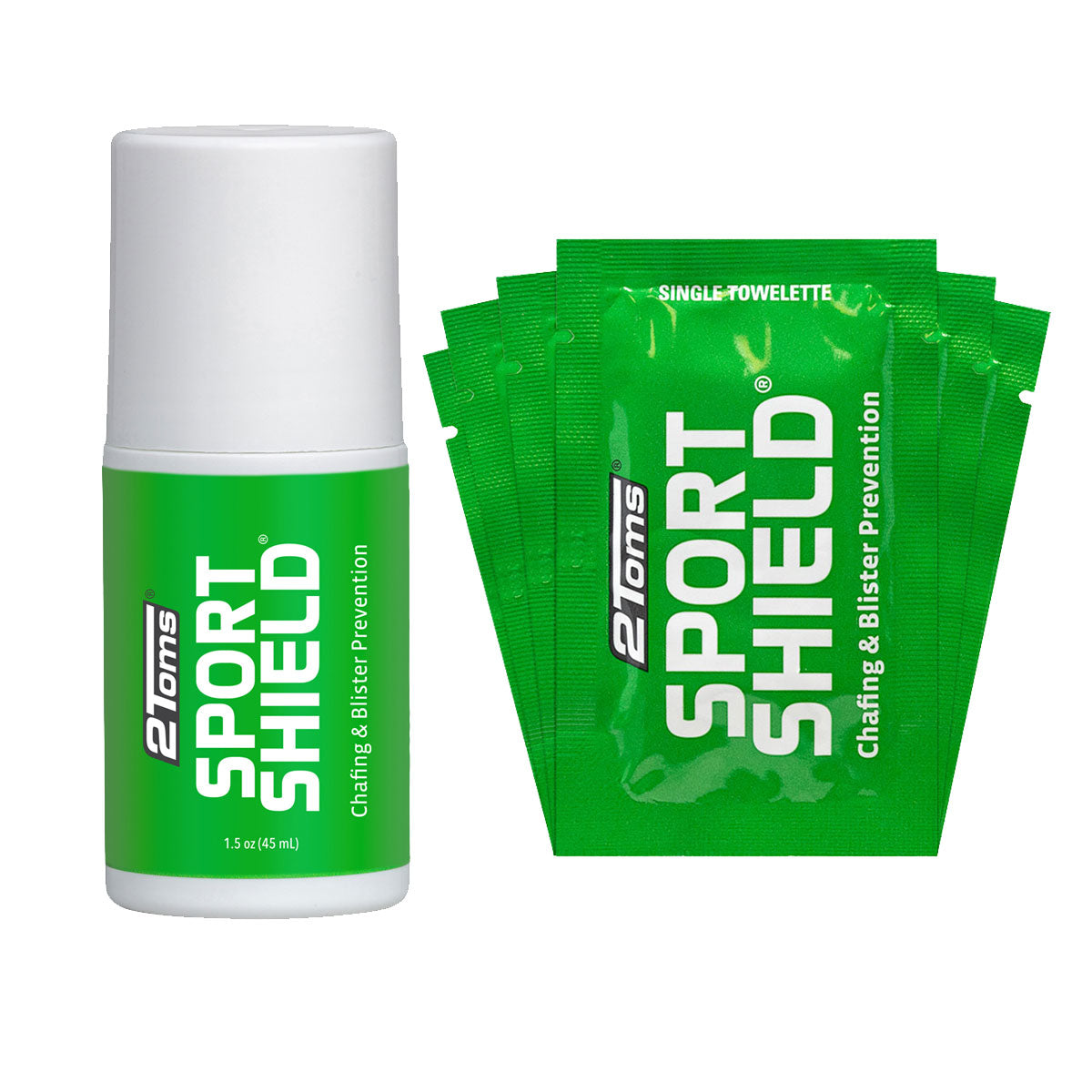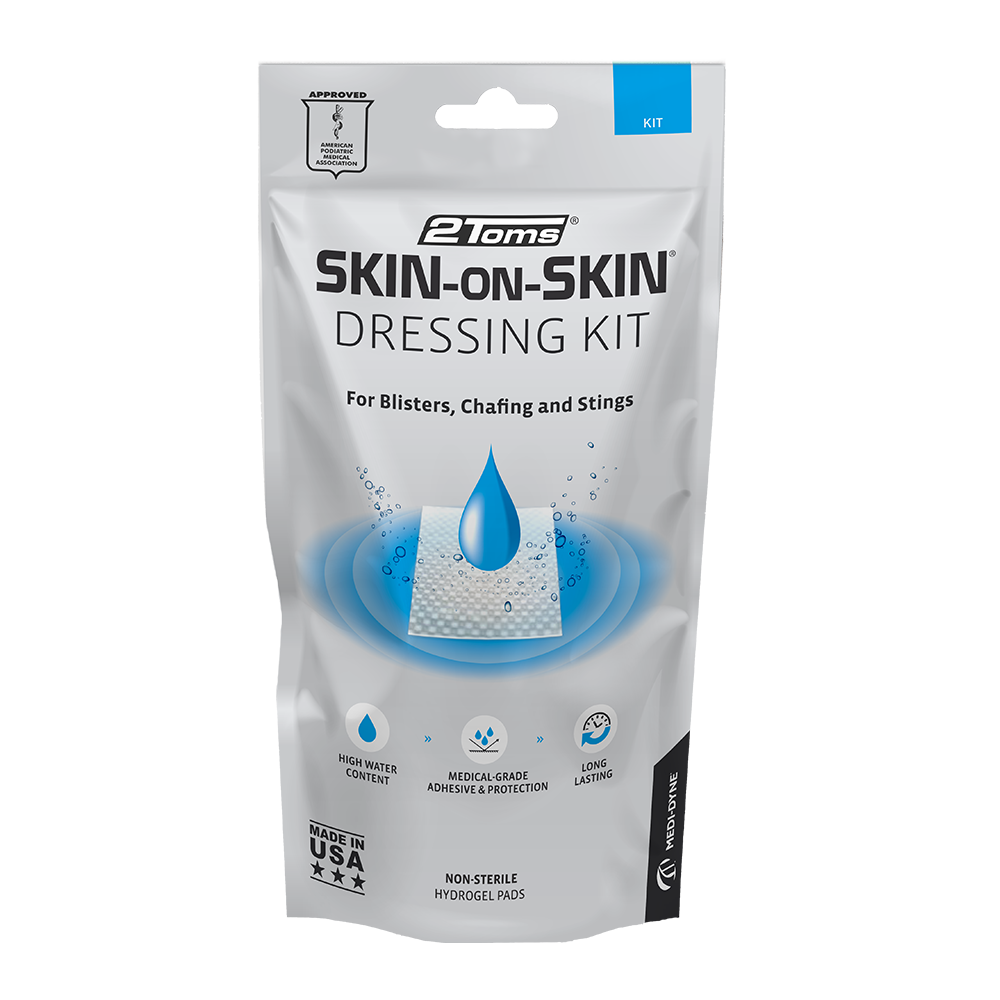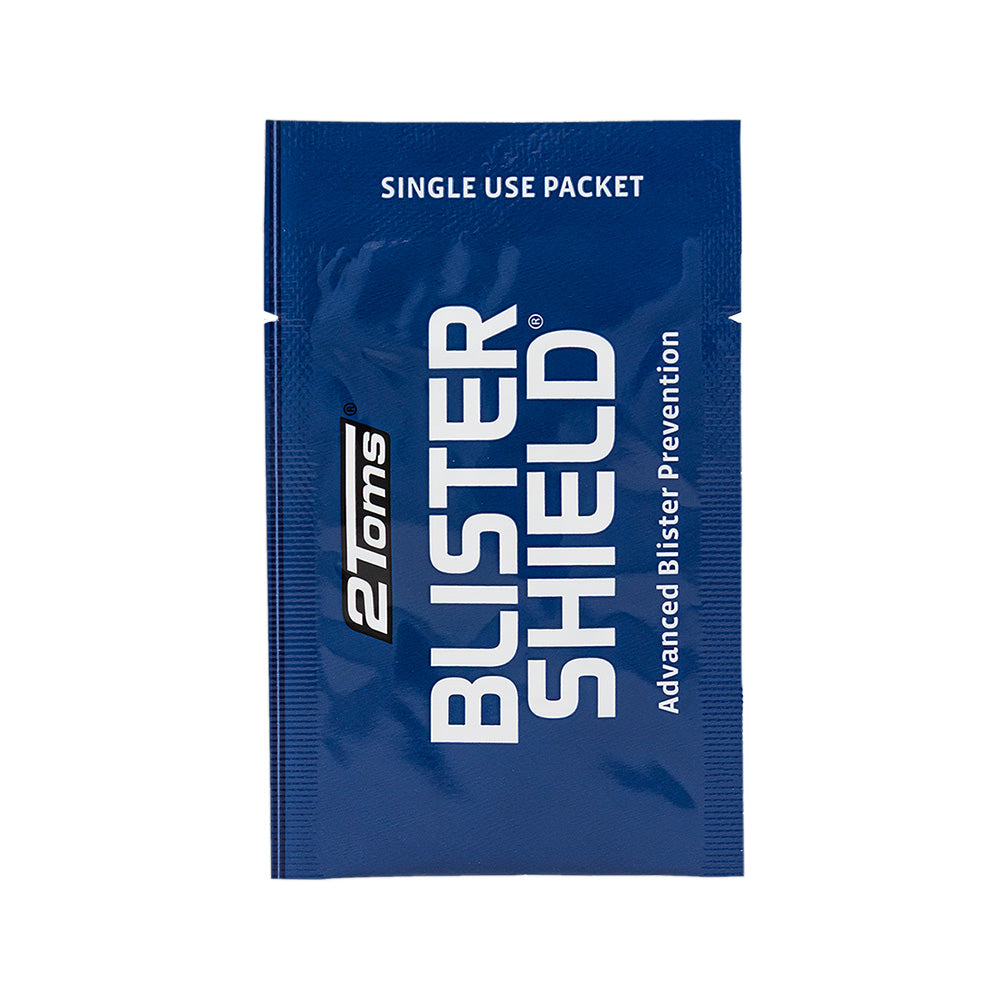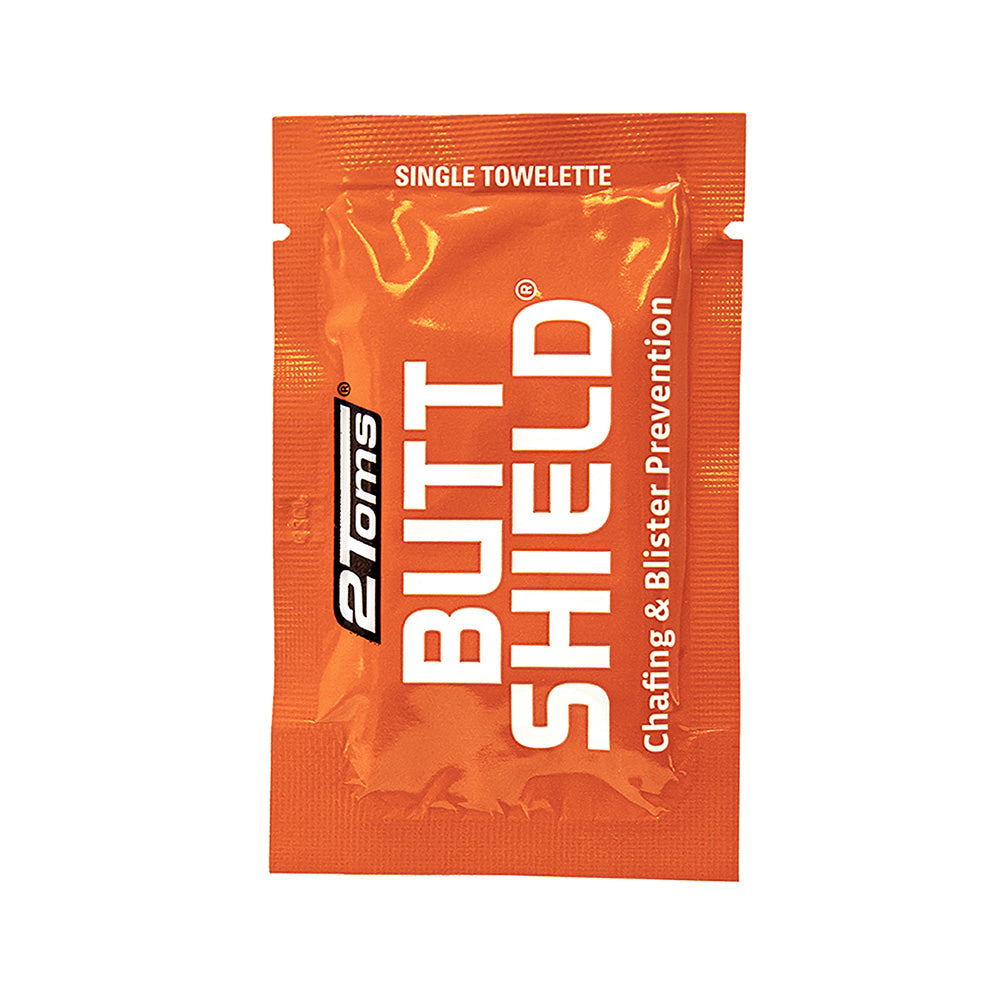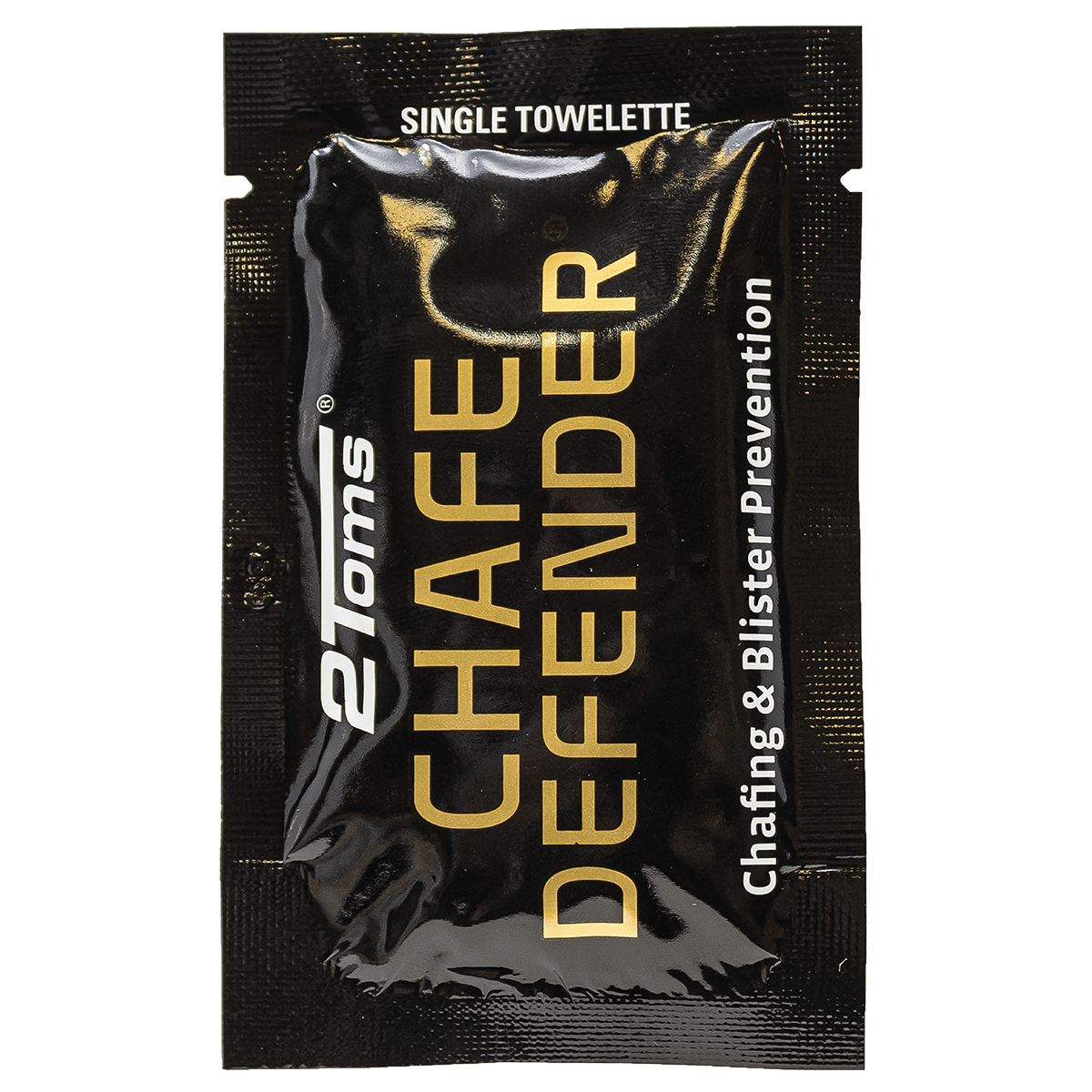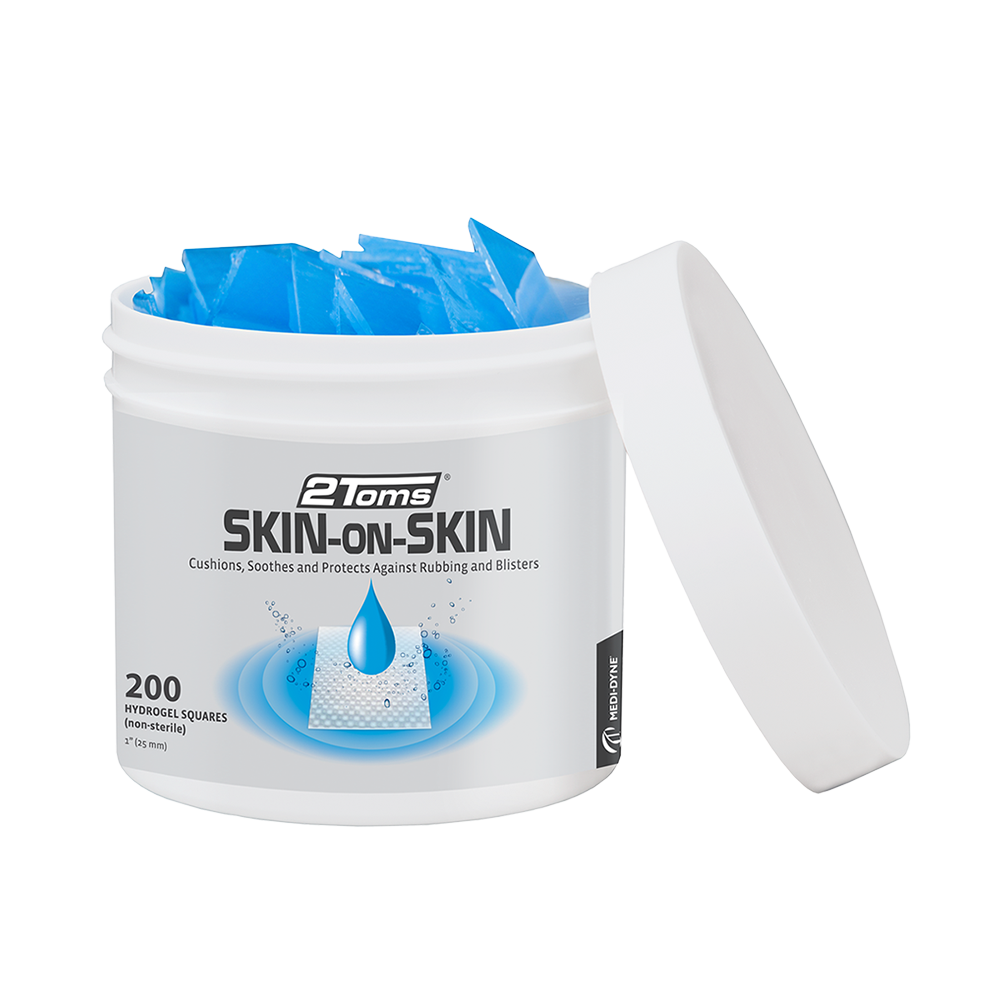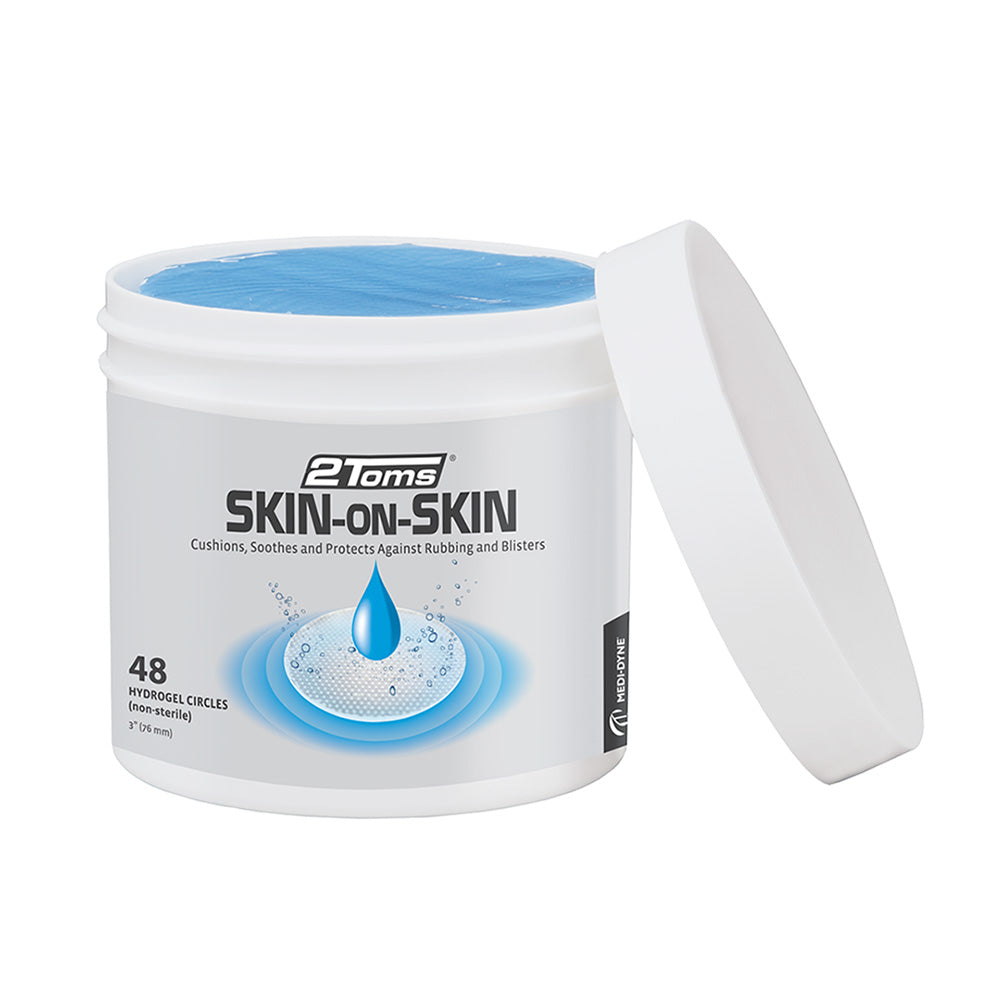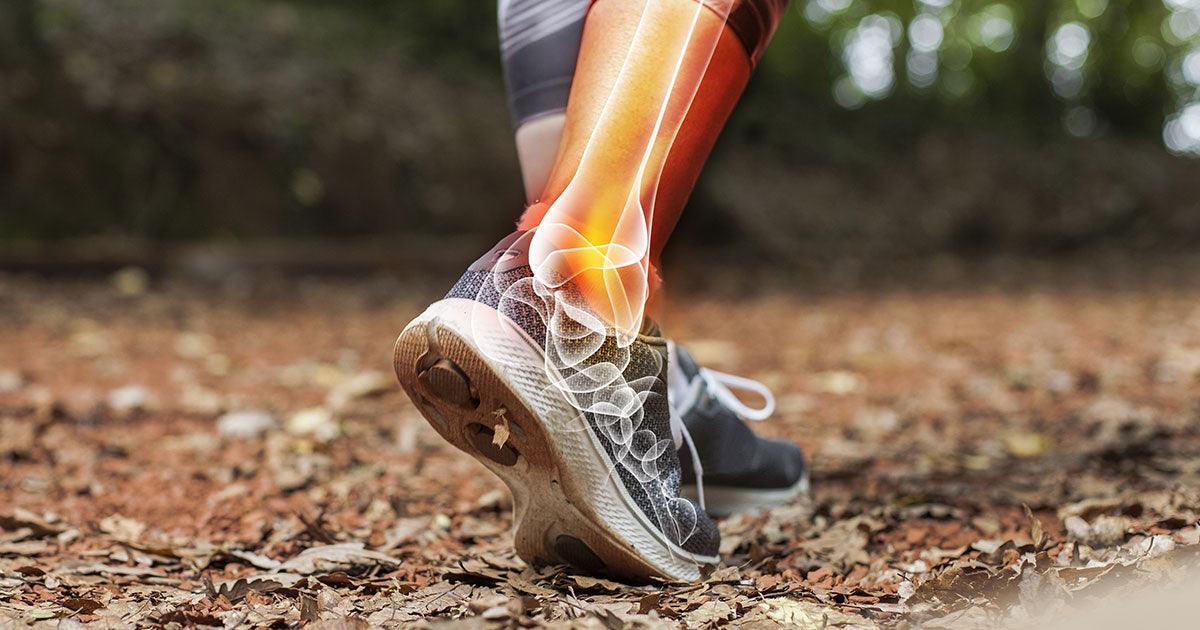When we think about water activities its’ often a cool laps in the pool, the thrill of riding the waves, or even the excitement of the bang of the starting gun – but it’s not chafing.
Swimsuit chafe, wetsuit chafe, or life vest (PFD) chafe are certainly not part of the image but they too often become part of the reality; a reality that often interferes with training, change the mechanics of your stroke and can certainly spoil the fun.
Chafing happens due to friction, whether it’s skin-to-skin rubbing or friction between your skin and fabric such as your swimsuit, wetsuit or life vest. Regardless of the reason, the net result is often a painful burning or stinging sensation that can come on quickly and eventually escalate to becoming a bleeding open wound. These swimsuit chafe abrasions can become painful, the burning sensation become intolerable resulting sidelining you from your favorite activity.

Saltwater often accelerates the on-set of swimsuit chafe. When you think about it, it makes sense. Sea salt is often use for skin cleansing or even therapeutic baths but they’re never left on the skin for prolonged periods of time. The continuous skin friction of an open water ocean swim, surfing or other salt water activity is prime conditions for swimsuit chafe. Saltwater swimsuit chafe or PFD chafe can escalate more quickly than in fresh water. Once the skin is broken, the salts and ions in the salt water cause cells to break open exposing more cells underneath to damage and the bacteria found in open water.

Whether you’re in the water for fun, competition or exercise, preventing swimsuit chafe before it starts is a priority for anyone planning on spending time in the water.
Recommended steps to preventing swimsuit chafe:
- Wear a bathing suit that fits well, one that stays in place but is not too loose or too tight. This applies to PFDs as well.
- Keep your bathing suit clean and dry. Remember to rinse it in fresh water after every use and put it back on after it dries. Dirt, debris and dried sweat increase the possibility of friction between your bathing suit and skin. Gentle, effective detergents like 2Toms StinkFree Sports Detergent can be used in a sink, bucket or washing machine and are designed to deal with high-performance fabrics.
- Hydrate yourself so you can sweat freely.
- Rinse your body with fresh water to avoid sweat from sitting on your skin and forming salt crystals.
- Prevent chafing before it starts with 2Toms SportShield and SportShield XTRA Both of these products are designed to form a long-lasting, odor-neutral barrier that protects you from skin-to-skin and skin-fabric chafing. SportShield will not affect the stitching of swimsuits as do some other petroleum-based products.
-
To prevent swimsuit chafe, apply 2Toms SportShield anywhere there is a seam on the swimsuit or anywhere the PDF touches the skin.

So, next time you’re getting ready for a day of surfing, watersports, or a long pool training session, take a few minutes to shield yourself from swimsuit chafe!
2Toms SportsShield & SportShield XTRA Available in travel size single-use towelettes!
The post How to Avoid Swimsuit Chafe, Wetsuit Chafe and PFD Chafe appeared first on Medi-Dyne.






